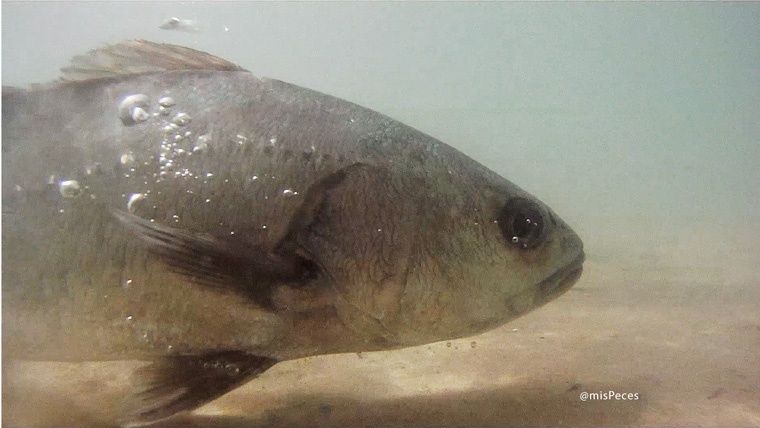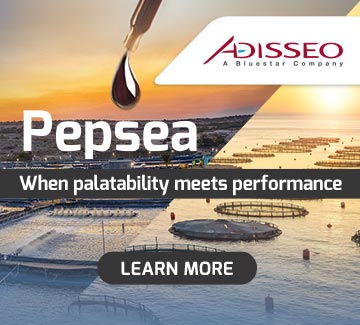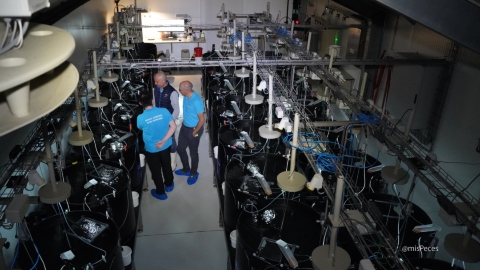
The productivity and sustainability of fish farming depend heavily on factors such as water temperature, fish body weight, and feed composition. Against this backdrop, a recent study conducted by researchers from Portugal and Norway, published in Aquacultural Engineering, has sought to enhance aquaculture feeding efficiency through the development of mathematical models aimed at improving feeding strategies for meagre (Argyrosomus regius), a species of growing significance in Mediterranean aquaculture.
These models provide fish farmers with a precise tool for estimating the nutritional requirements of fish under different environmental conditions. To develop them, the researchers evaluated 27 different models, categorizing them into four groups: simple and complex models independent of diet, and simple and complex models incorporating dietary composition. By analysing data from 42 scientific publications and 16 commercial feeding tables, they identified patterns that allow for more accurate predictions of feed intake.
The study’s findings confirm that temperature plays a critical role in feed intake. In optimal conditions (24–29°C), the simpler models incorporating basic temperature parameters provided reliable predictions. However, as temperatures exceed this threshold, more complex models are required to account for the metabolic and physiological changes experienced by the species. At higher temperatures—above 30°C—feed intake drops significantly, likely due to a combination of increased energy expenditure and reduced oxygen availability in the water. These factors were not included in this study but could be investigated in future research.
The study also found that models incorporating lipid content as a key dietary factor performed better than those based solely on protein intake. This highlights the importance of lipids in feed efficiency for meagre and suggests that feed formulation strategies should place greater emphasis on this component.
One of the most significant findings was that models using a fixed body weight exponent of 2/3, in line with the Dynamic Energy Budget theory, demonstrated greater predictive accuracy. This suggests that meagre’s energy requirements and feeding behaviour align closely with bioenergetic models applied to other aquaculture species, reinforcing the robustness of these models as predictive tools.
To ensure the reliability of predictions, the models underwent a rigorous cross-validation process, with five iterations repeated 200 times. Despite this level of precision, the margin of error ranged between 30% and 62%, reflecting the natural variability in fish feed intake. This suggests that while the models are a valuable tool, their implementation should be complemented by real-time monitoring to adjust feeding regimes according to the specific conditions of each farming system.
The study also highlights the limitations of current feeding practices, which often rely on intuition or static feeding tables. The adoption of dynamic models, which integrate key environmental and biological factors, could optimise feeding strategies, reduce feed waste, and improve economic performance. Furthermore, these models could be incorporated into digital aquaculture management tools, such as automated feeding systems or environmental monitoring software, making their application more efficient and accessible for commercial farms.
As meagre continues to establish itself as a key species in Mediterranean aquaculture, the adoption of these reference models could play a pivotal role in enhancing production efficiency. However, the study also acknowledges the need for future research to expand modelling efforts to include other environmental variables such as oxygen levels, pH, and salinity, allowing for even more precise predictions. With these refinements, the models could become a fundamental tool for driving sustainable aquaculture, offering a data-driven, optimised approach tailored to the specific needs of each farming environment.


